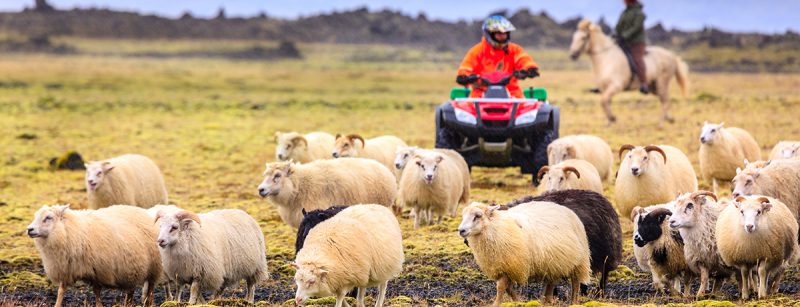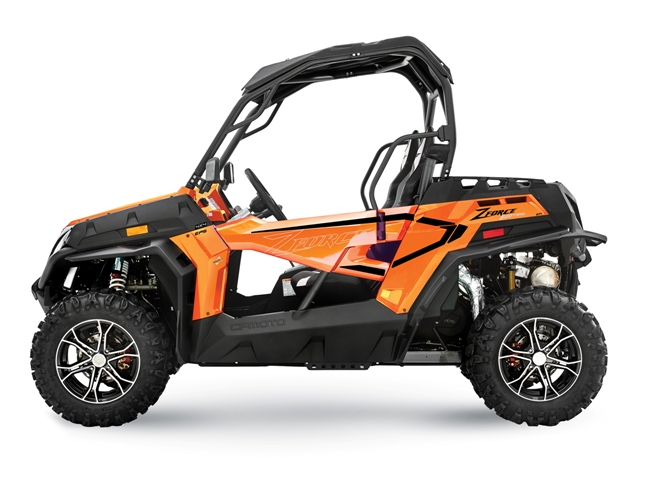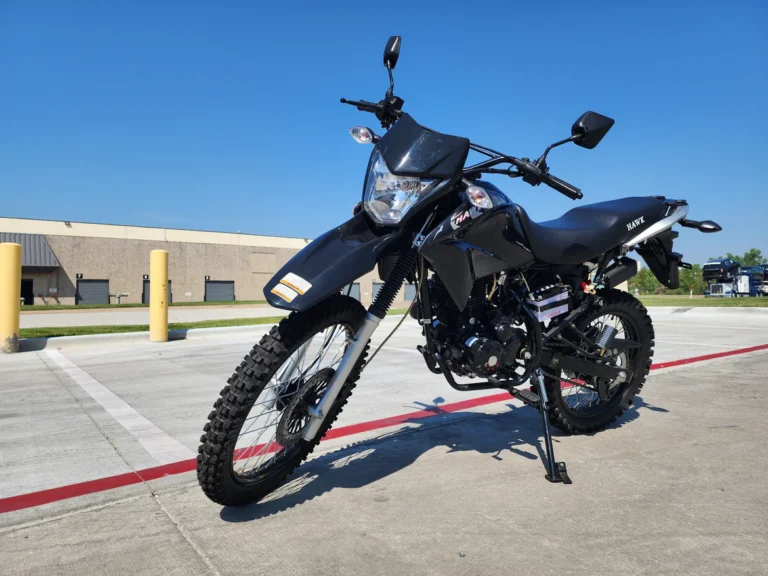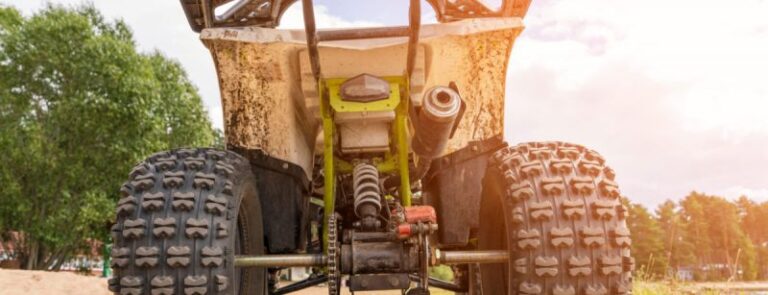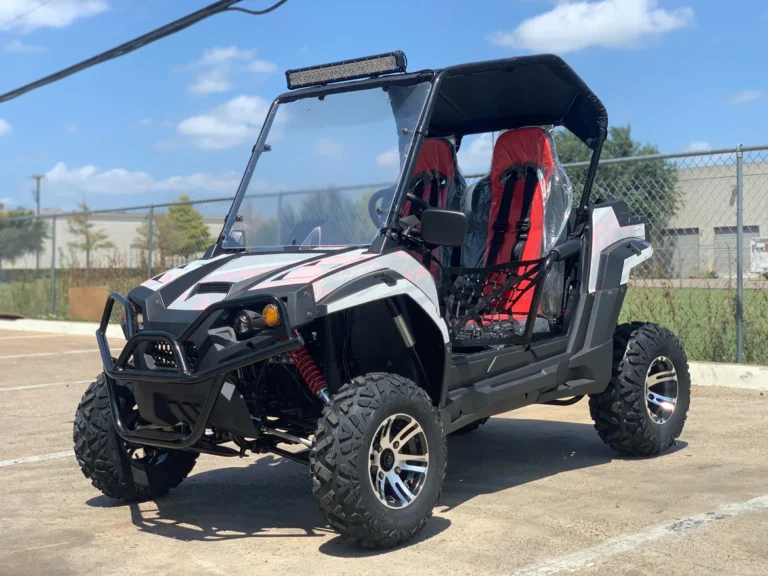6 Tips for Using Your ATV/UTV for Farm & Ranch Work
6 Tips for Using Your ATV/UTV for Farm & Ranch Work

ATVs and UTVs bring power, speed, and tremendous towing capacity for farm work. Ag workers have discovered the many uses for ATVs and UTVs on farms and ranches, with jobs like gathering livestock, applying pesticides in the field, and hauling heavy loads. However, it is important to know the risk involved while using off-roaders, make yourself familiar with OSHA policies for safe farm work, and review your owner’s manual for safe vehicle operation. For more safety information, express wheels is sharing six tips for using your ATV or UTV for farm and ranch work.
1. Take Up ATV/UTV Safety Training
Some of the most common causes for ATV and UTV incidents in agriculture come from lack of safety training. Injuries and fatalities have been caused from loss of vehicle control, rollovers and being thrown from the vehicle, hitting obstacles, inadequate protective gear while riding, and inexperience with vehicle operation. Among the factors to consider when buying an ATV/UTV for farm work, ag laborers should be trained and certified to use an ATV or UTV before operating it on a job. If available in your local area, have your crew take a safety training course with an ATV/UTV expert, and make sure workers are familiar with the vehicle’s operations manual. Take test runs and practice using the vehicle with different work scenarios, including safe operation on hills, in fields, and towing heavy loads.
2. Wear ATV/UTV Safety Gear for Farm Work
Wearing the right protective gear for operating your new or used ATV or UTV on the farm can prevent injuries and save lives. Put on a helmet while you ride to protect your head; in the event of a collision, it might prevent a concussion or even more serious head injuries. Put on eye protection to maintain visibility and prevent debris from getting in your eyes; this could be sunglasses, but for the best protection, wear goggles. Wear long sleeves and pants to protect yourself from scratches and cuts if you hit branches while riding. Put on a reflector vest to improve your visibility while working, and ensure you’re not wearing overly baggy or loose clothing that may get caught or pulled on an object. Wear gloves and boots to protect your hands and feet and provide grip when riding and dismounting your vehicle.
3. Perform a Pre-Ride Safety Inspection Before Ranch Work
Get in the habit of performing a pre-ride safety inspection every day before you start your work. Whether it’s just you or members of your crew on the ranch, keep a checklist and make notes of anything that may need maintenance on your vehicle. Maintain your records whenever you do vehicle work or repairs, as they may help give you a better idea when a specific part may need replacement in the near future. Here’s a rundown of everything you should check when performing a pre-ride safety inspection:
- Check that headlights and brake lights are all working.
- Check that oil and fuel levels are at sufficient levels.
- Check that tires are properly inflated, there are no punctures, and the tread isn’t worn down.
- Check that gauges and electrics are fully responsive and in working order.
- Check that lines, cables, and bolts are all intact and if they need to be tightened.
- Check that the chain and driveshaft are working.
- Check that brakes are free of damage, free of noise, and are responsive to your pedal.
Always review your owner’s manual for any recommended inspection/safety tips, and if your vehicle has any indicator/warning lights on for various parts before you ride.
4. Desensitize Livestock & Other Farm Animals to Your ATV/UTV
If you’re using your ATV or UTV around livestock and farm/ranch animals, desensitize them to your vehicle before you try to herd them with your off-roader (and don’t forget to desensitize your horses too, if you plan to guide livestock using a mix of ATVs and horses). Use the four-wheeler cautiously around animals when they’re feeding to reinforce a positive association of eating with the noise and movement of your off-roader. When using your ATV or UTV to move animals such as cattle, drive slowly and cautiously while you remain aware of the amount of space the animal needs in a pasture. Generally, moving behind a cow’s shoulder will cause it to move forward; movement with your vehicle in front of its shoulder will cause it to step back.
5. Know Your Off-Roader’s Weight Capacity for Farm Work
To get more out of your vehicle on the job, consider adding ATV attachments to make farming and ranching easier. Whether or not you use these add-ons, you should always bear in mind your vehicle’s weight and towing capacity. Consult your owner’s manual, or the manufacturer’s website, to get a better idea of how heavy of a load your off-roader can withstand, so you don’t overload. As a general rule of thumb, any additional weight put on your vehicle from a load should be evenly distributed, and less than a third of the total weight of your vehicle should be put on the ATV/UTV’s rear rack. Make sure you secure supplies on the vehicle rack with ties. While it’s safest to work in pairs or groups, on single-rider ATVs, only one person should be on an ATV while it’s in use. If an off-roader needs to transport multiple people, consider buying a multi-seat UTV.
6. Drive Your ATV/UTV with Caution Around the Farm
If you’re powering around the ranch on a new or used UTV, buckle up and wear a seatbelt. Before you set out, know your environment and where you’re riding so you can stay clear of hazards like holes, hills, ditches, and fences, and exercise caution around other ag workers in the area. When you start up your off-roader, the vehicle should be in neutral or park, with the parking brake locked. With an ATV, you should be able to comfortably grip the handlebars for control. Take it slow, and drive with caution while you look out for obstacles and keep in mind the clearance you may need for attachments or objects you’re towing. Have a safety system in place when crossing roads at your farm, and look for traffic on the road.
Follow these safety guidelines for using your ATV or UTV for farm and ranch work to prevent incidents. Make yourself familiar with your owner’s manual and your vehicle, practice using your ATV/UTV for jobs and with attachments, keep up maintenance and do a pre-ride inspection, and exercise caution. If you’re ready to find your next new or used off-roader, be sure to see all the new and used listings online at expreswheels.com

